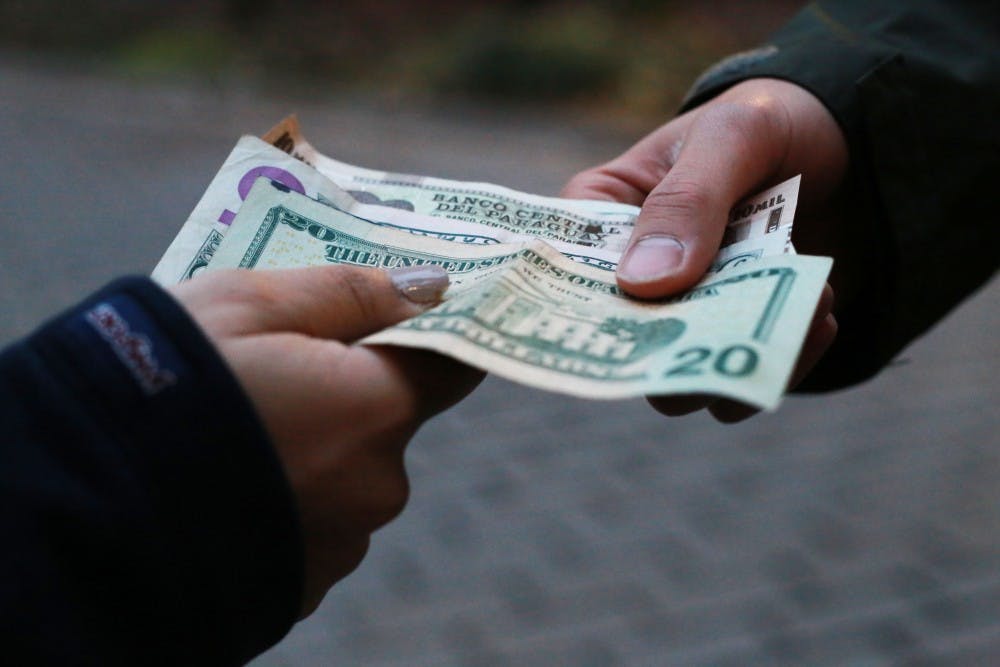
Penn and the Community College of Philadelphia both received a grant from the U.S. Department of Education.
Credit: Isabella CuanPenn announced on Thursday that total cost of attendance for undergraduates will increase to $63,526 in the 2015-2016 academic year, the highest in University history.
Total undergraduate charges will increase by 3.9 percent, though the all-time high $206 million authorized toward the University’s financial aid budget should keep attendance relatively affordable.
Tuition rates will increase to $43,838 from $42,176, while room and board costs will increase to $13,990 from $13,464. Fees will increase to $5,698 from $5,492. These numbers represent a cost increase of approximately two times the predicted rate of inflation for 2015, which the International Monetary Fund predicts will reach 2.1 percent.
This year’s changes do not deviate from historical norms — this is the sixth consecutive year Penn has raised its cost by 3.9 percent and the seventh year running that Penn has kept its tuition increase below 4 percent. Since 2011 and for the past 40 years, tuition has increased annually by at least 3.75 percent.
But while tuition has reached a record-high, Student Financial Services’ financial aid budget has also hit a new peak. As a result of growth in financial aid allocations, the average net cost of attendance for aided students will be almost $1,500 less this year than it was in 2005 in constant 2005 dollars.
The impact of these dollars is felt by almost half of Penn undergraduates. This year, 47 percent of students received need-based grants from the University, and most families with incomes of less than $180,000 received grant assistance.
“As the first in my family to attend college, I understand the far-reaching impact a college education can have,” Penn President Amy Gutmann said in a statement. “By eliminating financial barriers to be able to attend the University of Pennsylvania and by reducing the burden of debt, Penn’s all-grant program is making a Penn education possible for thousands of students and their families.”
Since 2004, Penn’s financial aid budget has increased by 161 percent, averaging growth of 8.3 percent per year. At the same time, Penn has also doubled its efforts to recruit minorities and students from disadvantaged backgrounds. Even so, Penn undergraduates take out an average of nearly $20,000 in loans, one of the highest rates in the Ivy League.
The University predicts that its financial aid budget will continue to grow, making a Penn education increasingly more affordable. Between 2005 and 2012, Penn raised $360 million for undergraduate financial aid and $290 million for graduate financial aid.
The University hopes to build off this momentum and raise an additional $240 million in undergraduate aid and $110 million in graduate student aid by 2020.
The Daily Pennsylvanian is an independent, student-run newspaper. Please consider making a donation to support the coverage that shapes the University. Your generosity ensures a future of strong journalism at Penn.
DonatePlease note All comments are eligible for publication in The Daily Pennsylvanian.





